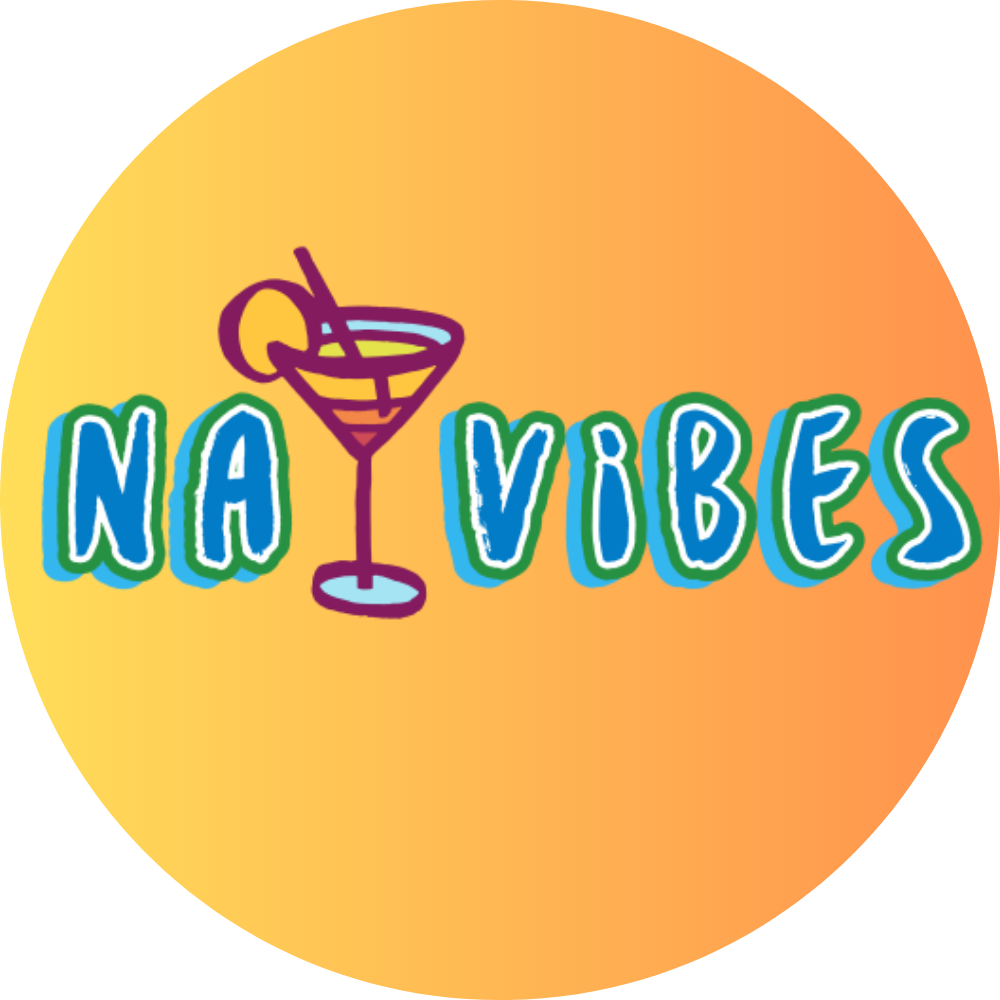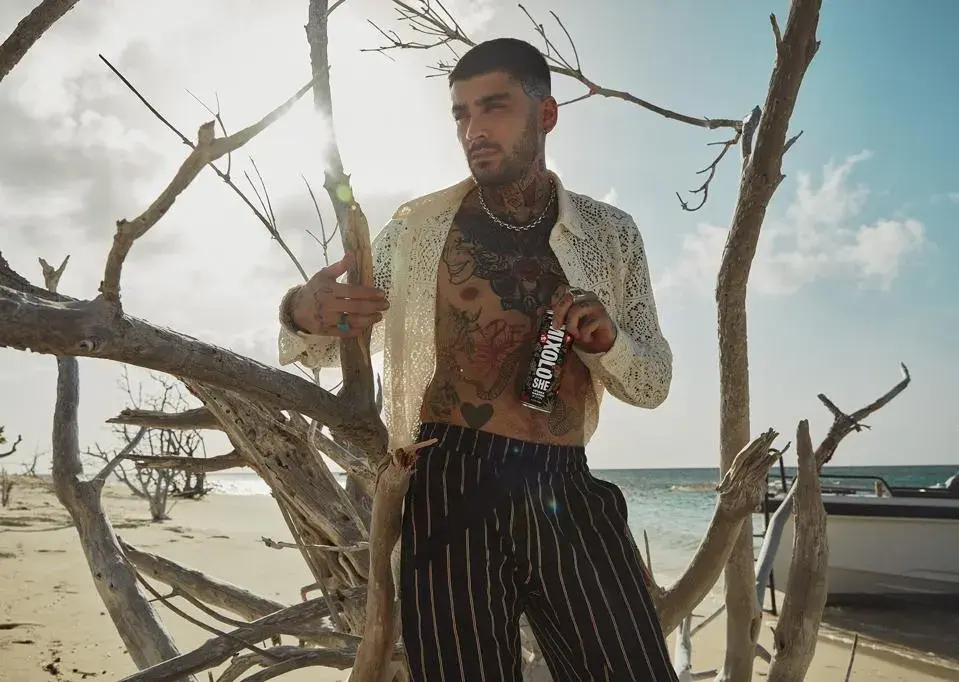How to turn tea into non-alcoholic cocktails with deep, complex flavors
- Trish Silverman

- Oct 19, 2022
- 2 min read
By Julia Bainbridge for The Washington Post - October 14, 2022
Walk into a fine-dining restaurant, flip to the chef’s tasting menu and you often will find wine pairings available. If alcohol-free beverage options are on offer — they should be, if the restaurant wants to stay relevant — they will probably involve tea.
This was the case at the now-closed Charleston restaurant McCrady’s, when, in spring 2018, a steaming cup of Lapsang souchong arrived in front of me, a fittingly smoky companion to seared duck breast. Its intoxicating aroma seduced the man dining to my left into skipping his wine selection in favor of the tea.
His choice makes good sense when you consider that, like wine, tea expresses terroir and, like wine, there are many varieties of tea. Even among common black teas, there is intriguing diversity. High-elevation regions in Sri Lanka produce brisk Ceylon, for example, while Keemun teas from northern China are rich, chocolaty and weighty on the palate. Look at the other tea categories (green, oolong, white), and you’ve got a dizzying array of distinctive flavors — and that’s before you think about fermented teas.
The point is, when selected carefully, tea can do similar work to wine, without the alcohol.
Of course, people around the world have been drinking tea with food for centuries. More recently, though, tea’s structure and complexity have made it a key player in alcohol-free mixology. Not only can the choice of tea drive nonalcoholic cocktails in various directions, but playing with steeping times can yield varied refreshing results: Bartenders can go longer to extract bitterness from black teas, or lightly brew green teas for ethereal, pretty flavors, for example.







Comments